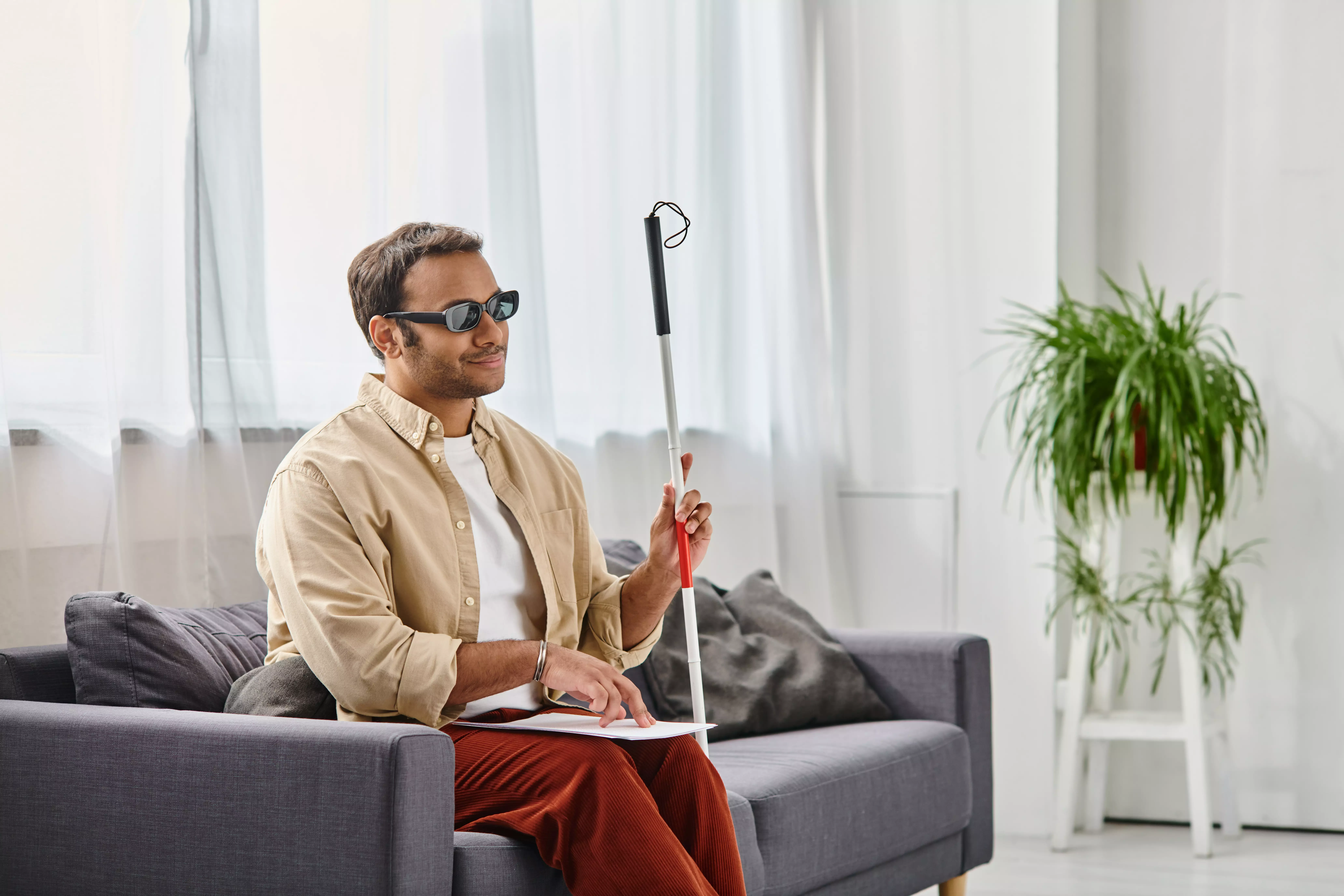Research on treatment of visual impairment
Research on treatment of visual impairment
Low vision, also known as amblyopia, is a condition in which the vision of one eye is impaired compared to the other. It is a common eye disease that can occur in children, adolescents and adults. Low vision often develops in early childhood and can lead to permanent complications if not treated properly. However, new research into the treatment of vision loss offers hope for improving the condition.
Understanding vision loss
Before discussing the latest research on treating low vision, it is helpful to understand how this condition affects vision and why it is so difficult to treat. Low vision usually occurs as a result of a lack of adequate vision development during childhood. It can be caused by a variety of factors, such as strabismus, difference in eye strength, congenital eye defects, cataracts or corneal debris.
Low vision often leads to impaired visual acuity, reduced depth perception and difficulty focusing on objects. However, if vision loss is not diagnosed and treatment is not started early, the vision in the eyes of affected individuals may remain impaired for the rest of their lives.
Traditional treatment
Traditional methods of treating vision loss often involve placing a band-aid on the eye with better vision to force more use of the malfunctioning eye. This method is effective, but can be uncomfortable and unpleasant, especially for children. In addition, it does not always lead to the complete elimination of visual impairment.
Revolutionary research on treating vision loss
Recent research on treating vision loss brings hope for finding more effective and less invasive methods. One promising approach is sensory therapy, which involves visual stimulation with various tools and exercises. Other research focuses on using modern technology, such as virtual reality, to improve one eye's vision through exercises and simulations.
Researchers believe that new methods of treating visual impairment can improve the effectiveness of therapy, reduce the duration of treatment and minimize discomfort for the patient. The discoveries are of great importance for people struggling with vision loss, who can regain full or near-full vision so they can enjoy life without any limitations.
Hopeful results
In the early stages of research on treating vision loss, promising results have been obtained. Patients undergoing sensory therapy and cutting-edge technology report guided improvements. Their vision becomes sharper and their ability to focus on objects is significantly improved. Importantly, these results persist even after therapy ends, meaning patients can enjoy long-term benefits.
However, research on treating visual impairment is still in its early stages, and its effectiveness requires further research and clinical trials. Researchers are working with doctors and optometric specialists to best understand which treatments will be most beneficial for patients with vision loss.
Summary
Low vision is an eye disease that can lead to permanent visual impairment if not treated properly. However, with the latest research into the treatment of low vision, there is hope of finding an effective and less invasive way to improve vision in patients affected by this condition. Sensory therapy and modern technology are opening up new possibilities for treating vision loss and offering hope for a full recovery. Continued research and clinical trials are key to making progress in the field of vision loss treatment.